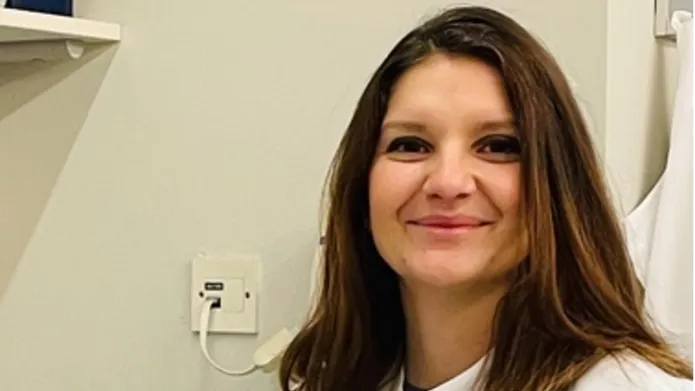News
Multi-centre team awarded funding to tackle CLOVES syndrome
Dr Ralitsa Madsen from the MRC Protein Phosphorylation and Ubiquitylation Unit (MRC-PPU) has been awarded over £600k with two other research centres to try to find new ways to tackle CLOVES, an overgrowth syndrome with complex vascular anomalies.
Published on 19 September 2024

CLOVES stands for Congenital, Lipomatous Overgrowth, Vascular malformations, Epidermal nevi and Scoliosis/Skeletal/Spinal anomalies. This acronym covers some but not all signs and symptoms of the syndrome. It is rare and very variable; ranging from mild to severe and is caused by a somatic genetic mutation in a gene called PIK3CA that increases the activity of the gene. CLOVES belongs to a category of diseases known as PIK3CA-related overgrowth spectrum (PROS) which are characterised by malformations and tissue overgrowth. Currently, there is no cure for CLOVES with surgery and other types of medical interventions acting as the primary treatments for CLOVES overgrowth, vascular anomalies and other related medical issues.
The team of UK-based researchers from Edinburgh (Professors Robert Semple, Liz Patton and Martin Taylor), Dundee (Dr Ralitsa Madsen) and University College London (Dr Satyamaanasa Polubothu) have secured £623,000 in new funding from the Medical Research Council with the aim to find new ways to tackle CLOVES. They will combine studies of tissues from people with CLOVES with studies of fish designed to mimic CLOVES, and blood vessel cells made from genetically engineered human stem cells. The aim is to understand how cells in the body with PIK3CA gene changes disrupt growth, and whether they do this partly by sending signals to surrounding tissue. If these signals are found they will be blocked as potential new treatments in future.
Professor Semple said, “We are incredibly excited to get going with this work which has only been funded because of the support we received from the CLOVES Syndrome Community (CSC) to do preliminary work. We believe that combining studies of human tissues with cells and fish in the lab is a really powerful way to answer important questions about exactly how CLOVES develops, and to investigate new ways to block the unhealthy extra growth. All our studies will be very carefully focused on the problems which affect people with CLOVES most.”
This joint funding success comes shortly after Dr Madsen secured a prestigious UKRI Future Leaders Fellowship (FLF) to decode the many faces of PIK3CA activation across a range of human cell systems. Dr Madsen said: “This is an exciting time for all of us in the CLOVES community, and we are incredibly grateful for all prior CSC support. This new MRC-funded project will also inform and be informed by the programme of work supported by my FLF. I am therefore confident that progress for the community will be delivered much faster than what any individual project would have achieved in isolation.”